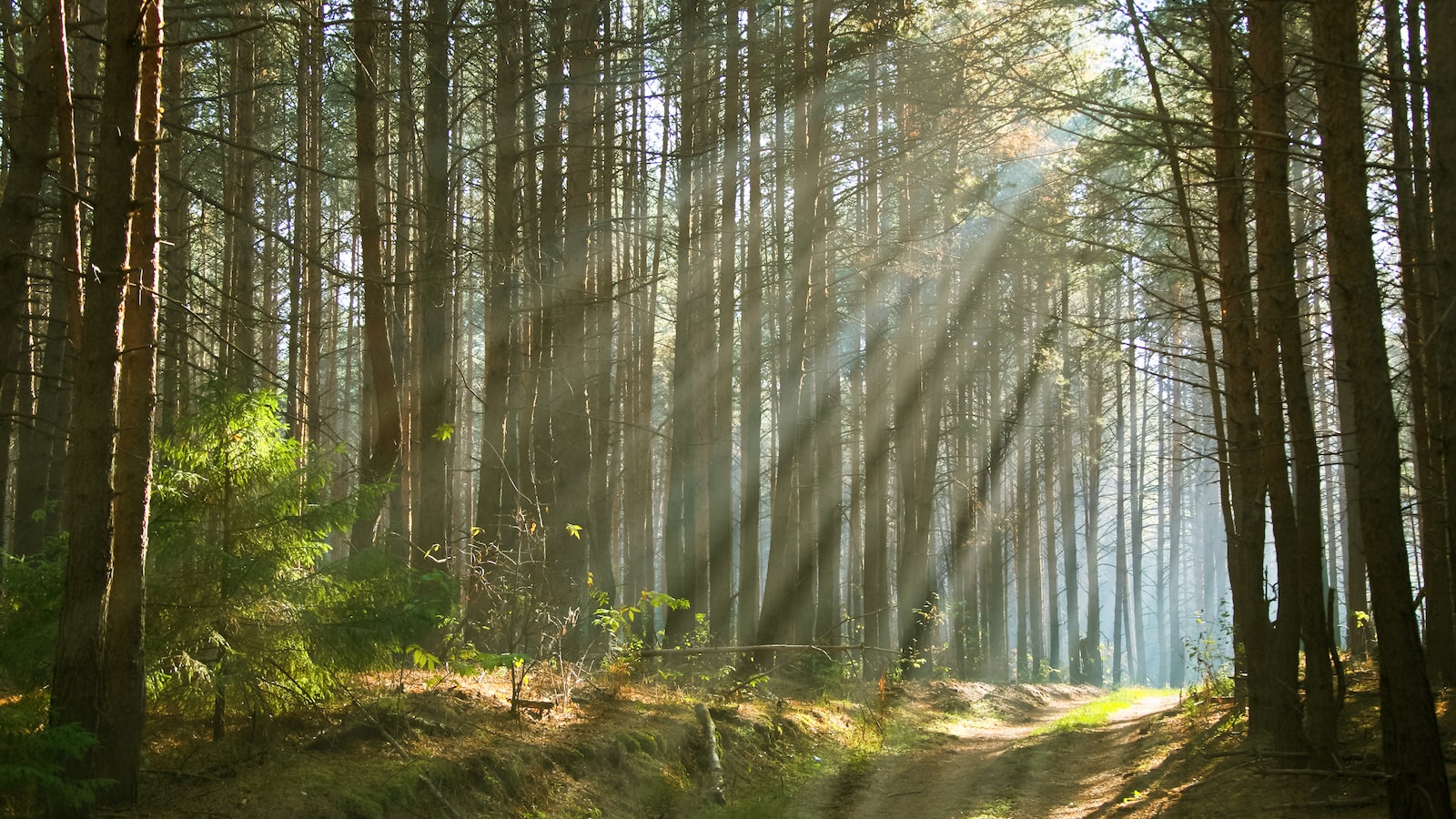Imagine a forest where you can forget about the stress of modern life, leave your cell phone behind and enjoy nature. This is the Katahdin Woods and Waters National Monument, which covers over 87,500 acres of Maine’s North Woods. Katahdin Woods and Waters is right next to Mt. Katahdin. It includes three bodies of water: the Wassataquoik Stream; the Seboes River; and the Penobscot River. During the winter, you will find adventurers cross-country skiing and camping. During the rest of the year, you will encounter tourists fishing and canoeing in the water, as well as hikers and ATV riders on the trails.
Katahdin Woods and Waters contains a great deal of biodiversity. The forests are filled with a large assortment of tree species, including alder, birch, oak and maple. You can find lots of beautiful flowers, including lilies and ladies’ slippers. Animals roaming around the trees and swimming in the streams include deer, black bears, grouses and salmon and the threatened Canada lynx.
The Wabanaki people have lived there for over 10,000 years, and the Penobscot River is still sacred to the tribe of the same name. More recently, nature lovers, such as Theodore Roosevelt and Henry David Thoreau, traveled to northern Maine in the 19th Century for mountain climbing and other recreational activities. John James Audubon traveled to the forest to find birds to paint during that time period too.
In 2016, after the land was donated to the U.S. government by businesswoman Roxanne Quimby, former President Barack Obama designated the national monument.
Ever since it became a national monument, Katahdin Woods and Waters has been protected from development. Because Katahdin is far away from Maine’s largest cities, the air is not polluted, making it very easy to stargaze. In 2020, Katahdin was named an International Dark Sky Sanctuary for this reason.

Photo by Jason Gablaski, National Park Service | Public Domain
There is a chance to expand this monument, to protect even more nature. In 2020, the Park Service received $380,000 in federal funding to increase the monument’s size through the purchase of two pieces of land. And in August 2022, Maine Sens. Angus King, an Independent, and Susan Collins, a Republican, co-sponsored the Katahdin Woods and Waters National Monument Access Act. It aims to improve access to the monument by expanding the “administrative boundary” of the monument, permitting the National Parks Service to consider negotiating the addition of land from owners who want to sell their property to Katahdin. The bill also intends to increase access to the monument from places to the south and make these visitors’ travel times shorter by creating a southern entrance. Currently, the only entrances to Katahdin are from the east and north. The park will establish visitors’ centers, which the National Park Service will form through the purchase of buildings in the region.
Sen. King said in a press release: “The Katahdin Woods and Waters National Monument Access Act would build on the Monument’s successes and let more people experience this Maine treasure… It’s an important step to support the future of the Monument and Maine’s outdoor recreation heritage.”
Sen. Collins said: “With vast acres of forests, scenic trails, pristine rivers, and breathtaking views of Mount Katahdin, KWW is a true paradise for outdoor enthusiasts… By facilitating the creation of a second entrance, this commonsense bill would allow more visitors to explore the monument more easily from the south, while preserving existing access to hunting, fishing, and snowmobiling.”

Photo by National Park Service | Public Domain

